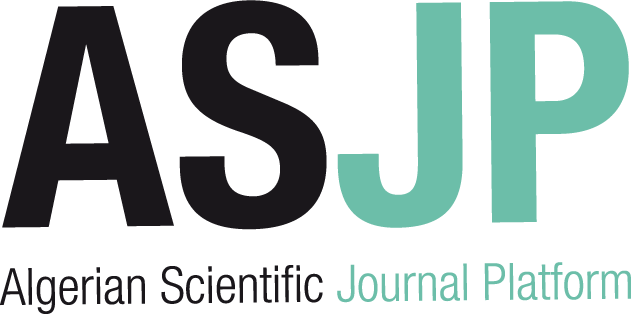[article]
| Titre : |
Computer-aided modeling framework for efficient model development, analysis, and identification : combustion andrReactor modeling |
| Type de document : |
texte imprimé |
| Auteurs : |
Martina Heitzig, Auteur ; Gurkan Sin, Auteur ; Mauricio Sales-Cruz, Auteur |
| Année de publication : |
2011 |
| Article en page(s) : |
pp. 5253–5265 |
| Note générale : |
Chimie industrielle |
| Langues : |
Anglais (eng) |
| Mots-clés : |
Process model development analysis identification |
| Résumé : |
Model-based computer aided product-process engineering has attained increased importance in a number of industries, including pharmaceuticals, petrochemicals, fine chemicals, polymers, biotechnology, food, energy, and water. This trend is set to continue due to the substantial benefits computer-aided methods introduce. The key prerequisite of computer-aided product-process engineering is however the availability of models of different types, forms, and application modes. The development of the models required for the systems under investigation tends to be a challenging and time-consuming task involving numerous steps, expert skills, and different modeling tools. This paper introduces a generic methodology that structures the process of model development, analysis, identification, and application by providing the modeler with the work-flow that needs to be followed in a systematic manner. The methodology has been implemented into a computer-aided modeling framework, which combines expert skills, tools, and database connections that are required for the different steps of the model development work-flow with the goal to increase the efficiency of the modeling process. The framework has two main branches; the first branch deals with single-scale model development while the second branch introduces features for multiscale model development to the methodology. In this paper, the emphasis is on single-scale model development and application part. The modeling framework and the supported stepwise model development is highlighted through a case study related to air pollution control, namely, the thermal treatment of the off-gas stream in adipic acid production in order to reduce its N2O content. |
| DEWEY : |
660 |
| ISSN : |
0888-5885 |
| En ligne : |
http://pubs.acs.org/doi/abs/10.1021/ie101393q |
in Industrial & engineering chemistry research > Vol. 50 N° 9 (Mai 2011) . - pp. 5253–5265
[article] Computer-aided modeling framework for efficient model development, analysis, and identification : combustion andrReactor modeling [texte imprimé] / Martina Heitzig, Auteur ; Gurkan Sin, Auteur ; Mauricio Sales-Cruz, Auteur . - 2011 . - pp. 5253–5265. Chimie industrielle Langues : Anglais ( eng) in Industrial & engineering chemistry research > Vol. 50 N° 9 (Mai 2011) . - pp. 5253–5265
| Mots-clés : |
Process model development analysis identification |
| Résumé : |
Model-based computer aided product-process engineering has attained increased importance in a number of industries, including pharmaceuticals, petrochemicals, fine chemicals, polymers, biotechnology, food, energy, and water. This trend is set to continue due to the substantial benefits computer-aided methods introduce. The key prerequisite of computer-aided product-process engineering is however the availability of models of different types, forms, and application modes. The development of the models required for the systems under investigation tends to be a challenging and time-consuming task involving numerous steps, expert skills, and different modeling tools. This paper introduces a generic methodology that structures the process of model development, analysis, identification, and application by providing the modeler with the work-flow that needs to be followed in a systematic manner. The methodology has been implemented into a computer-aided modeling framework, which combines expert skills, tools, and database connections that are required for the different steps of the model development work-flow with the goal to increase the efficiency of the modeling process. The framework has two main branches; the first branch deals with single-scale model development while the second branch introduces features for multiscale model development to the methodology. In this paper, the emphasis is on single-scale model development and application part. The modeling framework and the supported stepwise model development is highlighted through a case study related to air pollution control, namely, the thermal treatment of the off-gas stream in adipic acid production in order to reduce its N2O content. |
| DEWEY : |
660 |
| ISSN : |
0888-5885 |
| En ligne : |
http://pubs.acs.org/doi/abs/10.1021/ie101393q |
|


 Ajouter le résultat dans votre panier Faire une suggestion Affiner la recherche
Ajouter le résultat dans votre panier Faire une suggestion Affiner la rechercheComputer-aided modeling framework for efficient model development, analysis, and identification / Martina Heitzig in Industrial & engineering chemistry research, Vol. 50 N° 9 (Mai 2011)











